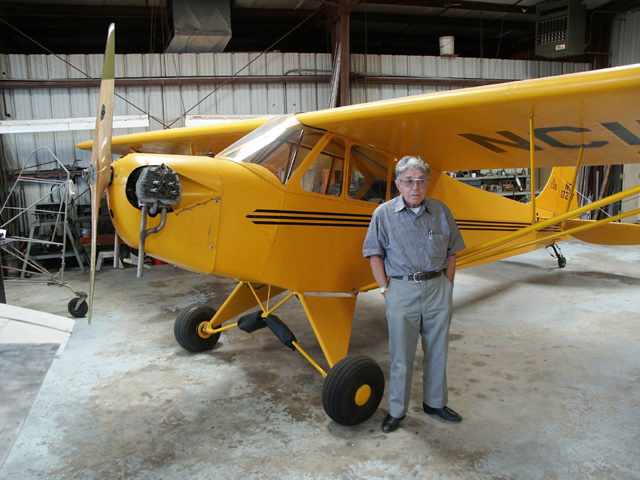Unfortunately, that reasonable and logical idea runs into the parochialism of the services and, far more importantly, into Congress which can and will skew the process to insure their priorities are addressed. As Congress changes due to elections (or retirements, since we now seem to have Congroids for life) and as Committee members change, those priorities change. Congress mumbles and DoD heeds...
Neither their priorities nor changes to them are often reasonable and logical. Amazing amount of DoD stuff in PA and WV...
















 P.S. does 120 refer to "high Angle Hell" 120mm? Are you an 11 chuck? On a more serious note, does the US have remaining the manufacturing ability to build new wings?
P.S. does 120 refer to "high Angle Hell" 120mm? Are you an 11 chuck? On a more serious note, does the US have remaining the manufacturing ability to build new wings? 
Bookmarks